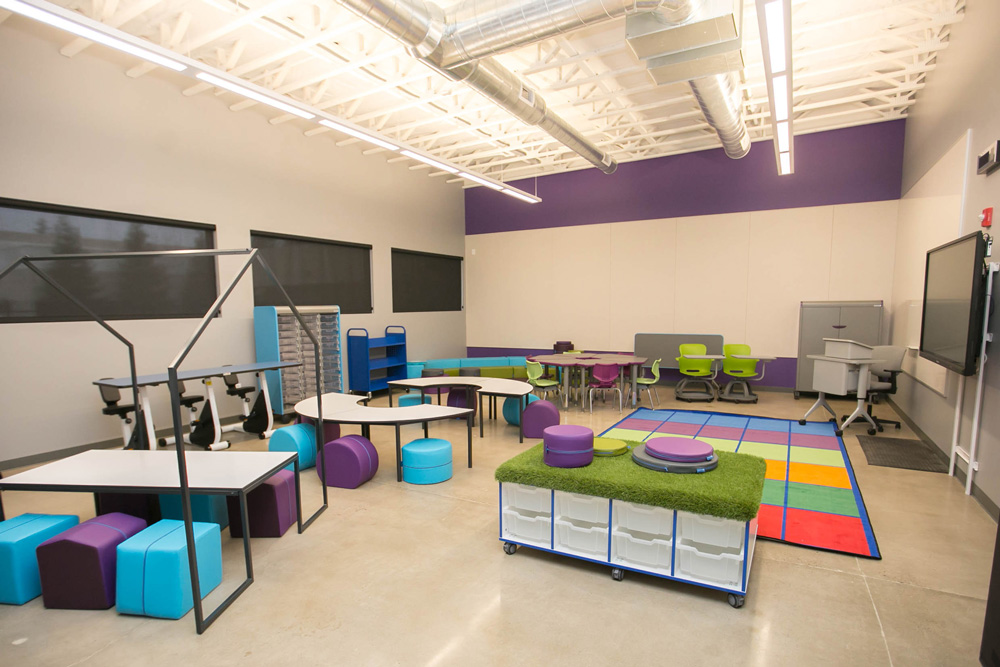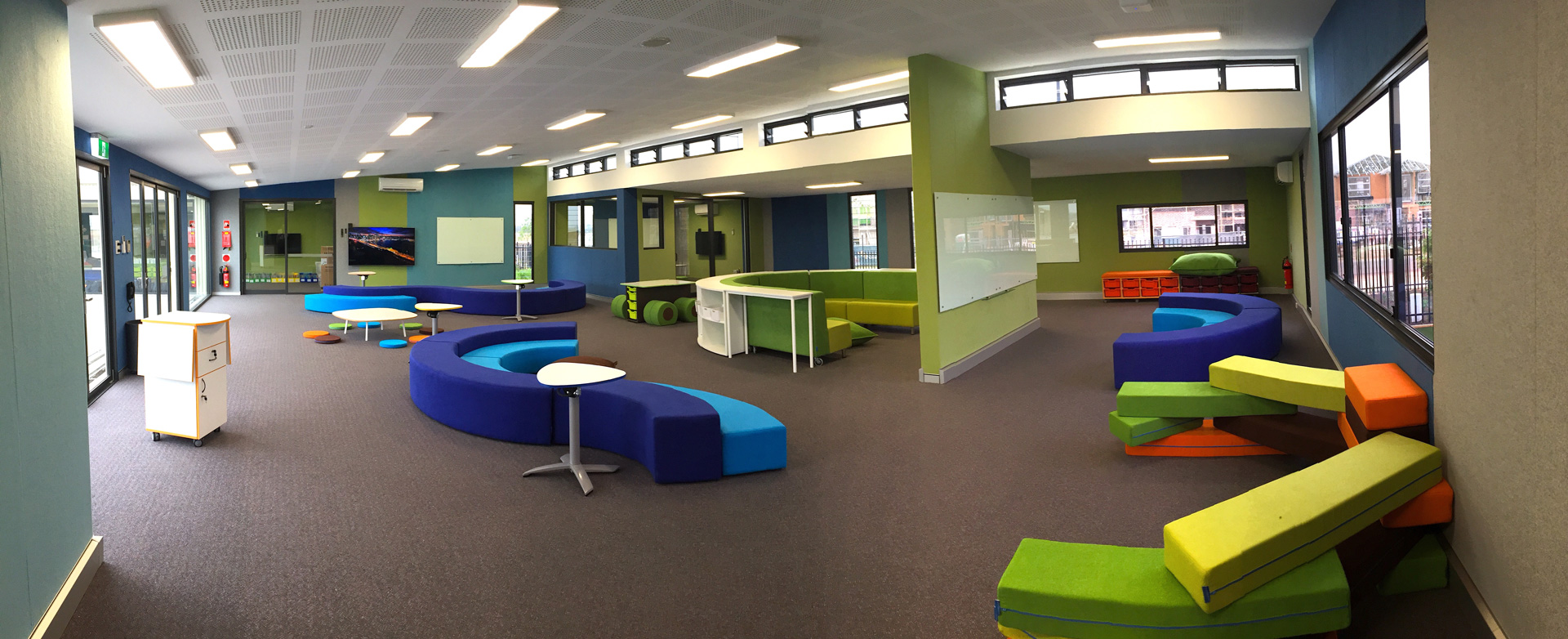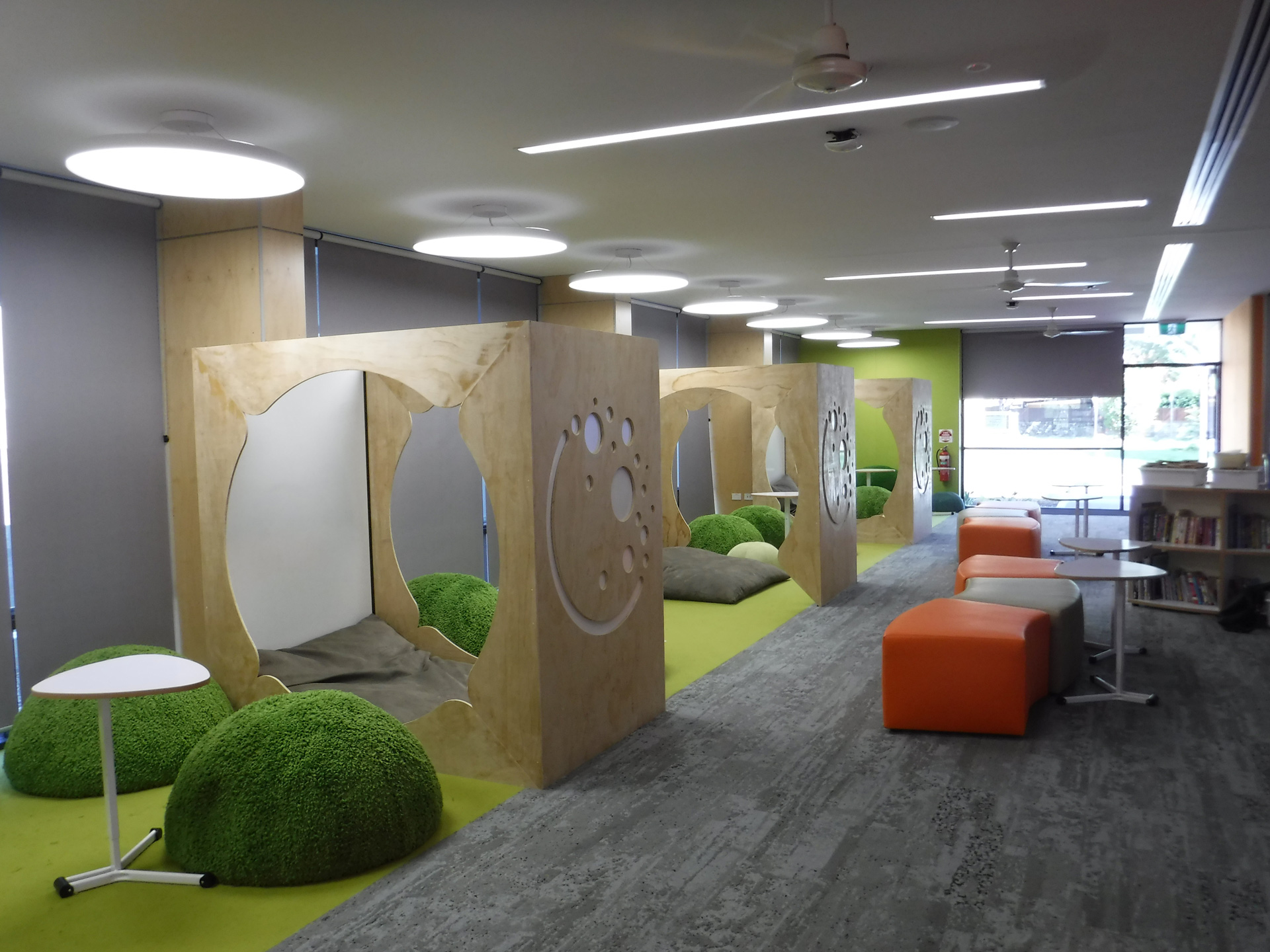Creating an active learning environment is about less- not more!
Five Tips to Help You Make Space in Your Learning Environments!
As the journey to creating your new space begins, it’s important to consider resources, budget, and limitations. However, it is most important to consider your learners and your purpose. No one can do everything, but everyone can do something. Here are five tips to help you start to create the best active learning environment you can!
KNOW YOUR PURPOSE
An active learning space is only as good as its purpose. Write out your goals for the year, and answer the following questions:
- What do you want learners to know?
- How will you establish that they have learned?
- When will you assess formally and informally, and how?
- Why is it important that your learners are in an active learning environment?
- Where will the various multiple intelligences and learning styles thrive?
- What are the limitations/benefits of your space?
- What are you excited/worried about?
- What help do you need?
These questions are an excellent way to establish your purpose and aides in creating your vision for the space and your learners.
KNOW YOUR LEARNERS
While your learners change every year (unless you’re looping), certain aspects of learners will remain the same. Be sure to consider the multiple intelligences and learning styles in your new space.
- Is there something for every type of learner to experience success?
- Are there items for my wigglers, wobblers, rockers, tappers, and fidgeters?
- Do you have spaces/items to help learners who may feel overwhelmed?
- Are there various types of seating for standers, sitters (high and low), loungers, or floor dwellers?
Ensuring that these needs, as well as any of the unique needs of your particular learners are addressed will ensure that your diverse learner needs will all be met.
ESTABLISH YOUR VISION
You don’t have to be Michelangelo to create the Sistine Chapel of your learning environment. Create a vision board of items you find that match your purpose and learner needs. Be sure to utilize the Scrapbook feature on the NorvaNivel website to assist you with this! Doodle and sketch out how you envision these items fitting into the space and keep a close focus on leaving open space. How do you want your space to feel? At the end of the year, how do you want your learners to remember how the space enhanced their learning? Be sure to include the 6 Cs in your vision (collaboration, communication, critical thinking, creativity, connectivity, and community). Once you have these first three steps taken care of, the final two are quick and easy!
CREATE YOUR LEARNING ZONES
Without the limits of desks in rows, creating learning zones is an important step to a successful new space. A successful new space will include zones for: independent/individual thinking, working and reflection, collaboration, small group instruction, large group instruction, partner work and reading. You may have to follow learning zones your state or school district has established but whatever the case, each learning zone needs to be established to ensure there’s a place for everything. Revisit your vision board, and make sure that each piece you’ve chosen fits in one (or several) of your zones. This will help when rearranging the space and creating your zones. It’s best for your furniture to be versatile, in that it can be used to meet the needs of multiple zones, so the space doesn’t become stagnant.
PURCHASE PURPOSEFULLY
Ok, you have a budget to stick to. You have certain needs your space must meet. Regardless, purchasing purposefully will ensure you stick to all the parameters you have. In an active learning environment, less is best! Too much, and the space becomes jammed and overwhelming. Less, and learners can move easily between the zones and there is room to breathe. It’s best to select items that can serve multiple functions. Writable surfaces are also beneficial in an active learning environment in terms of sustainability and less items that learners need to carry around with them. Another thing that must be included is the acoustics. In an active learning environment, with more communication and collaboration, things will get noisy. Be sure to purchase items that decrease the volume. NorvaNivels acoustic boards are easy to place on the wall, and they serve as interactive places where learners can attach Hook and Loop receptive whiteboards or felt pieces and even pin their work. Every item should be an opportunity to engage and interact with their environment; there should be no front of the room.
Creating a learner-centered, active learning environment can seem overwhelming. However, if you follow these quick steps, you’ll ensure you have a space that is collaborative, engaging, empowering and successful. As always, if there is anything we at NorvaNivel can do to help you in the process, just ask; we are happy to offer help and assistance in any way we can. Off you go, and above all else, HAVE FUN!




